Results
-
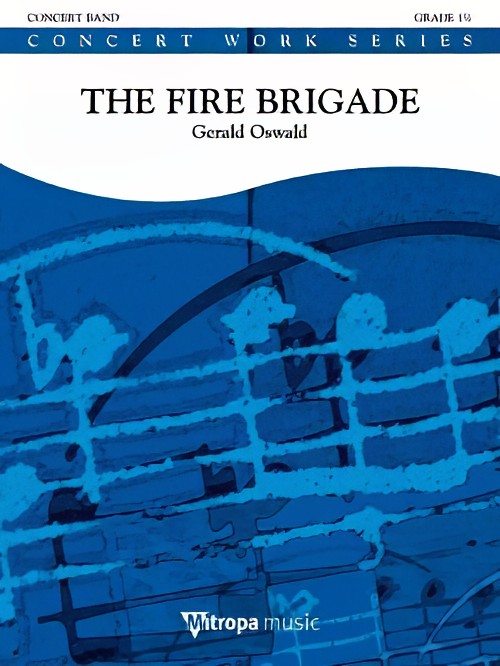 £60.99
£60.99The Fire Brigade (Concert Band - Score and Parts) - Oswald, Gerald
The fire brigade is tackling a blaze. The brave firemen battle the high flames and eventually the fire is put out. Proud and satisfied they make their way back to the station. Rustling paper represents the crackling of the fire--an effect made all the more special by the use of red and yellow sheets of paper. This exciting and adventurous work is ideal for brave, young bands! Duration: 2.00
Estimated dispatch 7-14 working days
-
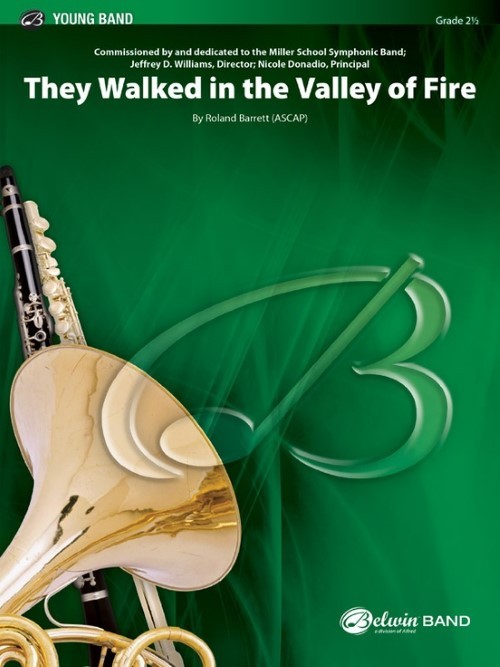 £64.50
£64.50They Walked in the Valley of Fire (Concert Band - Score and Parts) - Barrett, Roland
Inspired by the Valley of Fire state park in the southwest United States that boasts stunning red sandstone formations created more than 150 million years ago. Located in Nevada's oldest state park in the Mojave Desert, at certain times of the day, when reflecting the sun's rays, these brilliant sandstone formations create the visual illusion of actually being on fire. An emotional composition that is a perfect for concert and contest performances alike. Juxtaposing bold and peaceful musical statements, this compelling composition concludes with burning intensity.Duration: 4:00
Estimated dispatch 7-14 working days
-
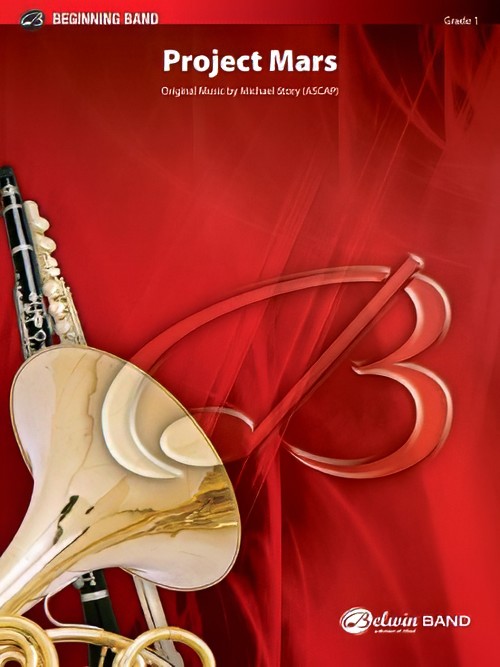 £51.50
£51.50Project Mars (Concert Band - Score and Parts) - Story, Michael
Reflecting on the new data arriving from the red planet, this original work contains a "tip of the hat" to Gustav Holst's revered melody. Opening and closing with a distinct fanfare, the solidly scored overture will spotlight your beginners with this bold work suitable for concert or contest. Interstellar!Duration: 2:00
Estimated dispatch 7-14 working days
-
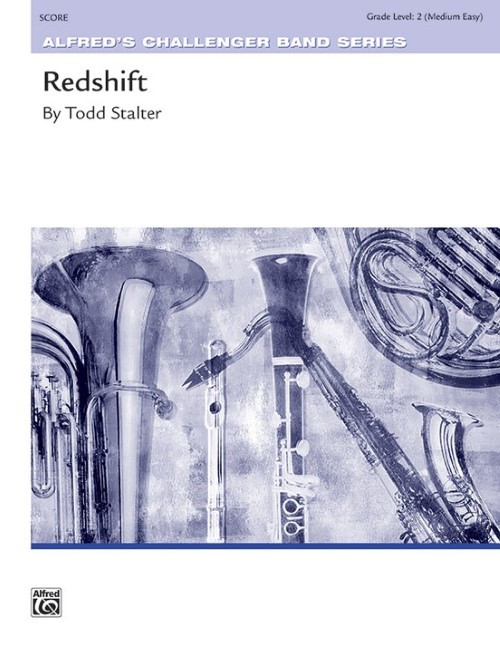 £49.95
£49.95Redshift (Concert Band - Score and Parts) - Stalter, Todd
Redshift occurs when an object emitting light or other electromagnetic radiation is moving away from an observer. Those waves are shifted toward the red end of the spectrum, like the light waves astronomers measure when studying the most distant galaxies. The melodies in this piece tend to move away directionally from a central point, but in this case the gravity of the central note is too strong, and eventually pulls them back again.Duration: 3:15
Estimated dispatch 7-14 working days
-
 £39.95
£39.95Anthem of the free (Concert Band - Score and Parts) - Goffin, Dean - Phillips, Richard
New Zealand born, Sir Dean Goffin, was son of composer Henry Goffin who has previously been featured in this series as he composed the march - The Red Shield. Dean was a Salvation Army Bandmaster before enlisting into the New Zealand armed forces during the 2nd World War. He became Bandmaster of the newly formed band of the 20th Infantry Battalion and later on the 4th Infantry Battalion. Whilst he was serving in the Middle East he composed this march initially under another name 'Bel Hamid' The march was later adapted and renamed 'Anthem of the Free'.
Estimated dispatch 7-14 working days
-
 £7.95
£7.95Anthem of the free (Concert Band - Score Only) - Goffin, Dean - Phillips, Richard
New Zealand born, Sir Dean Goffin, was son of composer Henry Goffin who has previously been featured in this series as he composed the march - The Red Shield. Dean was a Salvation Army Bandmaster before enlisting into the New Zealand armed forces during the 2nd World War. He became Bandmaster of the newly formed band of the 20th Infantry Battalion and later on the 4th Infantry Battalion. Whilst he was serving in the Middle East he composed this march initially under another name 'Bel Hamid' The march was later adapted and renamed 'Anthem of the Free'.
Estimated dispatch 7-14 working days
-
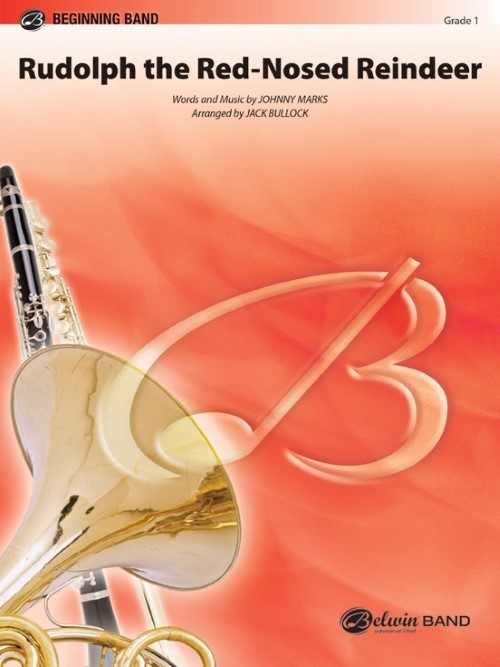 £54.95
£54.95Rudolph the Red-Nosed Reindeer (Concert Band - Score and Parts) - Marks, Johnny - Bullock, Jack
Guiding that sleigh with the bearded driver, also in a red suit, this mystical animal makes the song classic every year. This solid arrangement also offers superb teaching opportunities to introduce or reinforce the concepts of dal segno and coda along with a couple altered tones. It's time to celebrate! Duration: 2.00
Estimated dispatch 7-14 working days
-
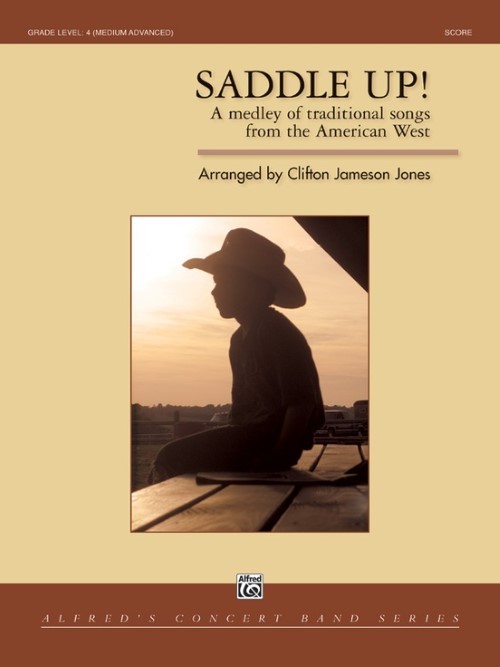 £79.50
£79.50Saddle Up! (Concert Band - Score and Parts) - Jones, Clifton Jameson
Check out this lively mix of traditional songs from the American West, colorfully scored for concert band. It includes Red River Valley, a unique, bluesy setting of The Yellow Rose of Texas, a jaunty Whoopee Ti-Yi-Yo, and caps off with a bright, boot-scootin' Cotton Eyed-Joe. This arrangement is lots of fun for audiences and performers alike---a great selection to round up a concert program. Duration: 5:15
Estimated dispatch 7-14 working days
-
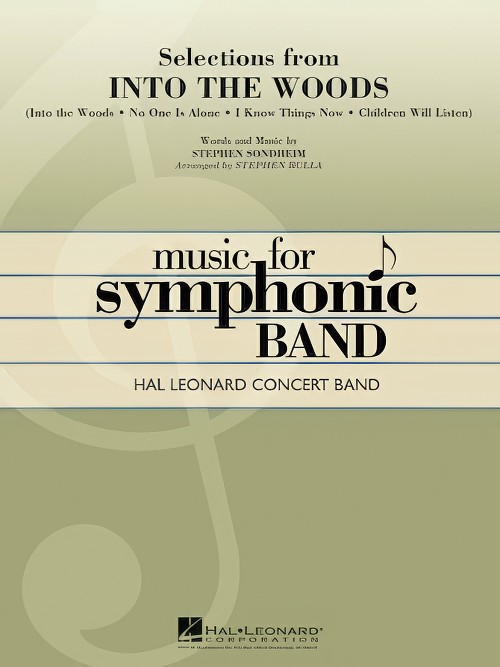 £76.99
£76.99Into the Woods, Selections from (Concert Band - Score and Parts) - Sondheim, Stephen - Bulla, Stephen
This landmark musical by Stephen Sondheim remains one of his most performed and popular shows. Using main characters from familiar fairy tales (Cinderella, Little Red Riding Hood, Jack and the Beanstock, and Rapunzel), the story line takes some unexpected twists and turns. Featuring memorable melodies from this award-winning production, Stephen Bulla's symphonic medley includes:Into the WoodsNo One is AloneI Know Things NowChildren Will Listen
Estimated dispatch 7-14 working days
-
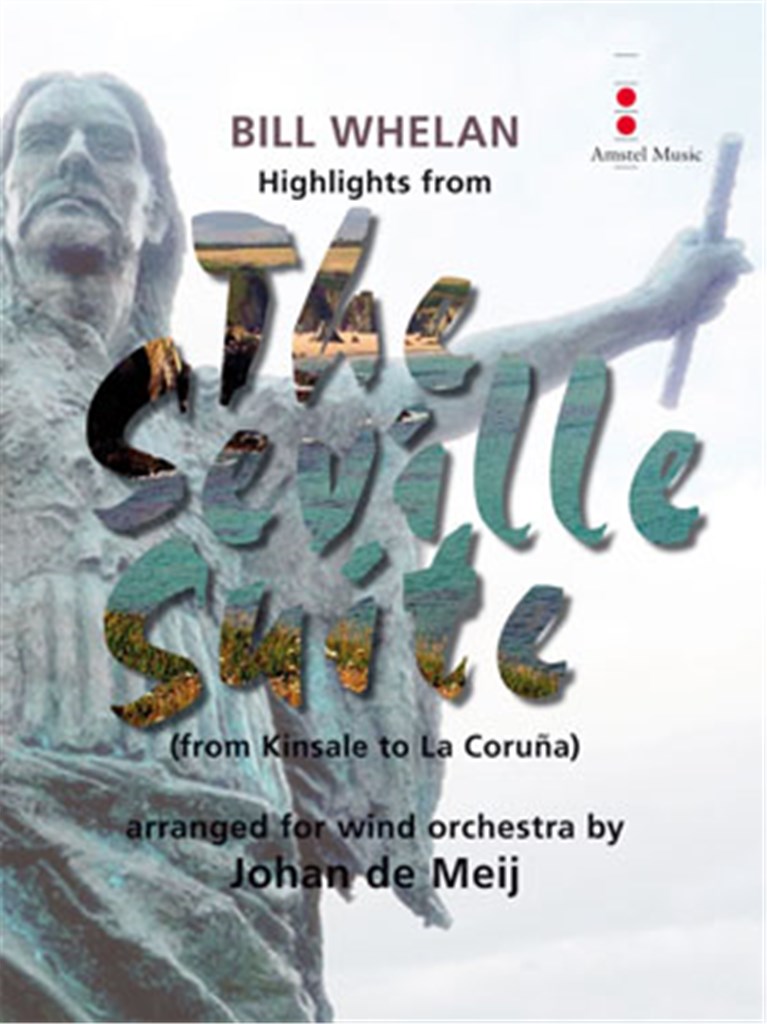 £173.00
£173.00The Seville Suite, Highlights from (Concert Band - Score and Parts) - Whelan, Bill - De Meij, Johan
The success of Bill Whelan's Riverdance evolved from a concept for music and dance that he established earlier with The Seville Suite, his first major orchestral composition. The Seville Suite was commissioned for Ireland's National Day at the World Expo 1992 in Seville, Spain. Through the score, Whelan tells the story of legendary Irish war hero Red Hugh O'Donnell. At a mere 21 years of age, O'Donnell successfully led a rebellion against the English government in 1593. Johan de Meij's arrangement is an adaptation featuring highlights from the original suite. Duration: 13.15
Estimated dispatch 7-14 working days
